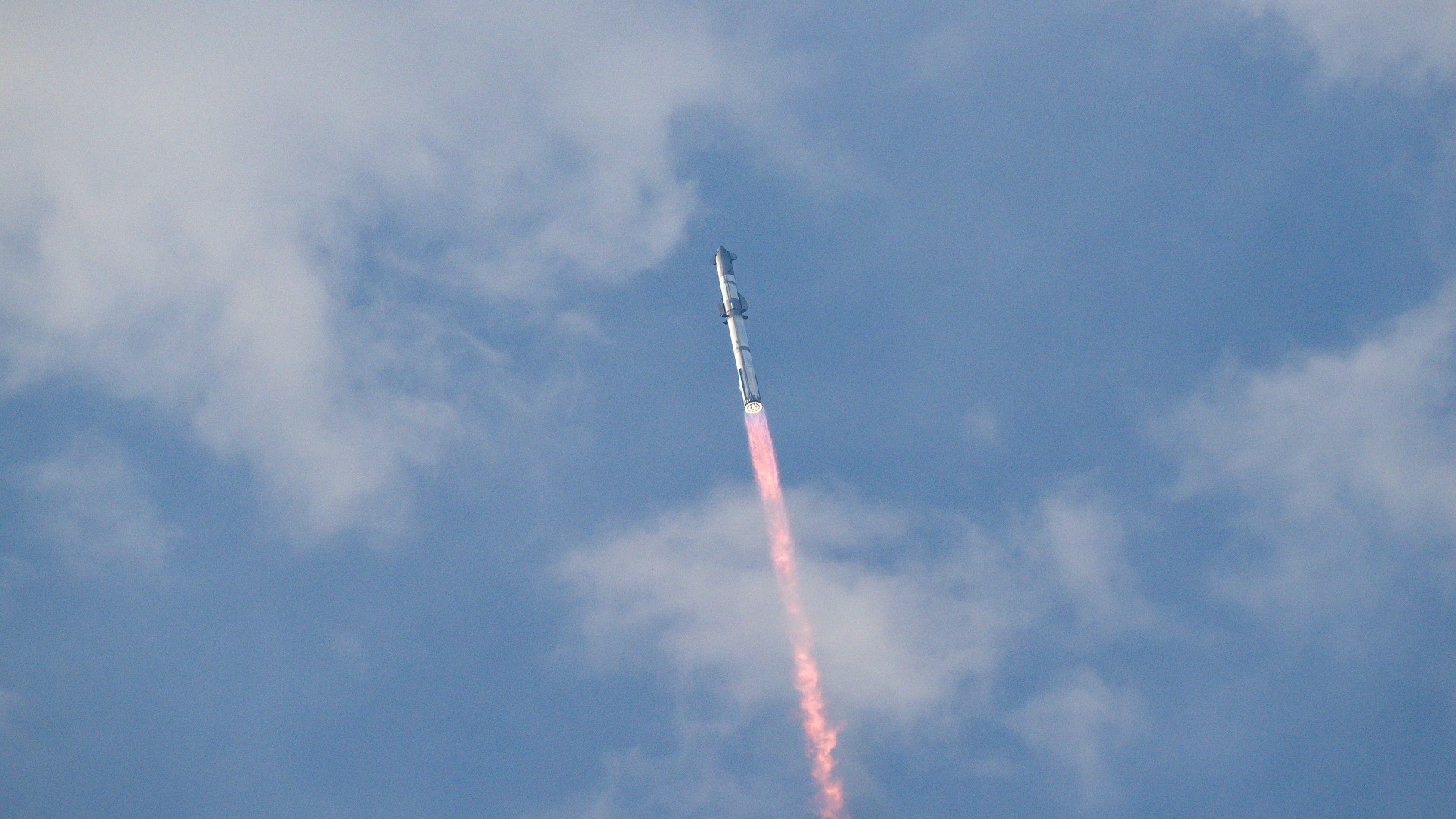
SpaceX's Starship continued to wow onlookers during its third test flight today.
On Thursday (March 14), SpaceX launched Starship for the third time from its Starbase manufacturing and launch facility near Boca Chica Beach in South Texas. Hundreds of rocket chasers and spectators gathered along the beach to watch the test flight, which saw Starship, or "The Ship," separate successfully from its Super Heavy booster and reach orbital velocity.
Although neither vehicle survived the test flight, SpaceX hailed the flight as a success after several key milestones were met during the nearly 65-minute mission. As with previous Starship test flights, the launch led to some incredible photography as the massive rocket sailed through the Texas sky on its way toward a planned splashdown in the Indian Ocean.
Related: SpaceX launches giant Starship rocket into space on epic 3rd test flight (video)
Prior to launch day, Starship towered over the nearby shores of Boca Chica Beach, leading to interesting vacation photos for some visitors.

On Wednesday (March 13), Jared Isaacman, commander of the upcoming Polaris Dawn private SpaceX mission, flew over Starship and the Starbase facility in his MiG-29 fighter jet. Polaris Dawn is the first mission of the Isaacman-funded Polaris Program, which plans to conduct three private flights using SpaceX spacecraft.
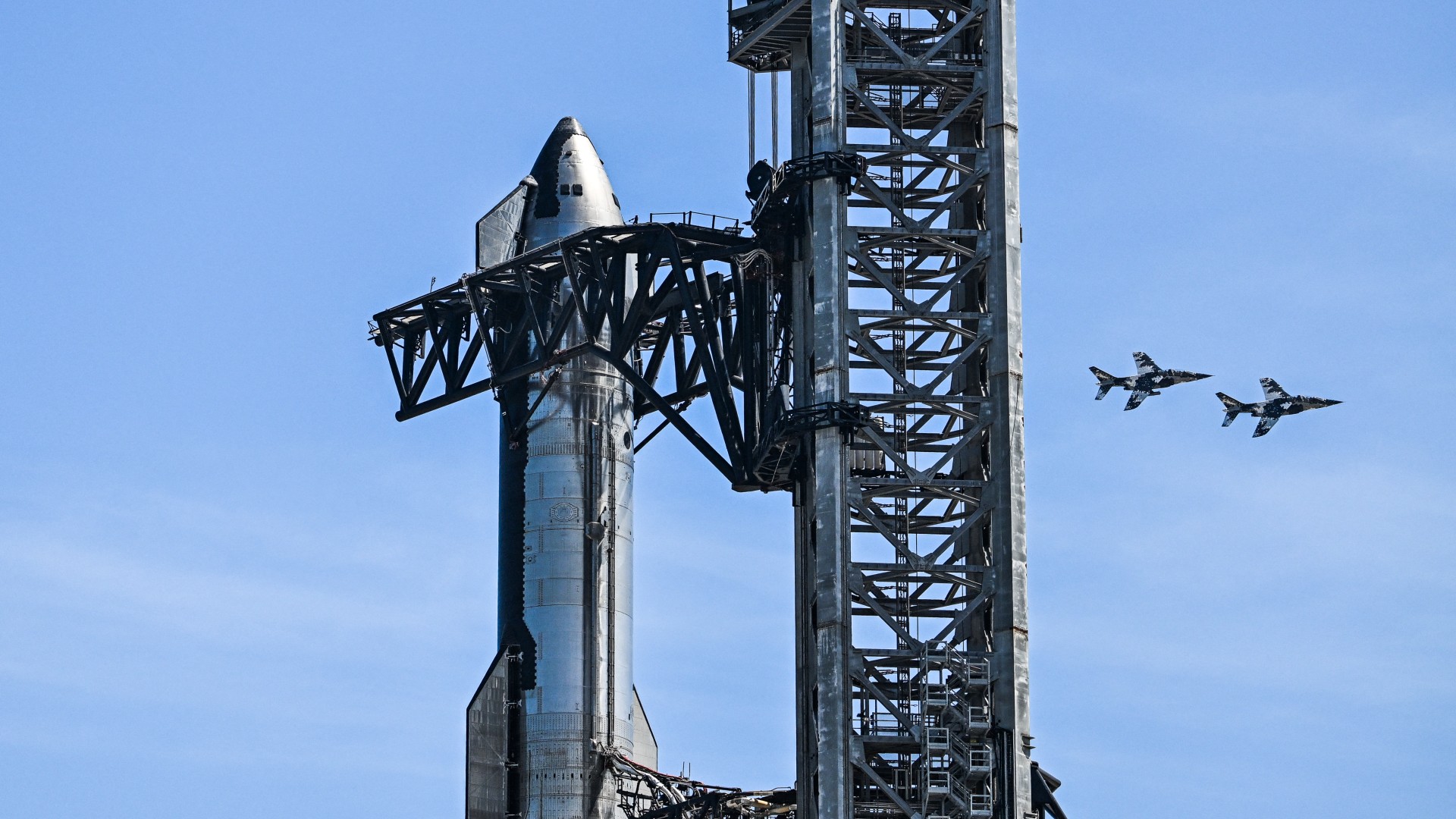
As Starship's engines ignited on Thursday morning (March 14), cheers filled the air from the crowds gathered along the South Texas shore.
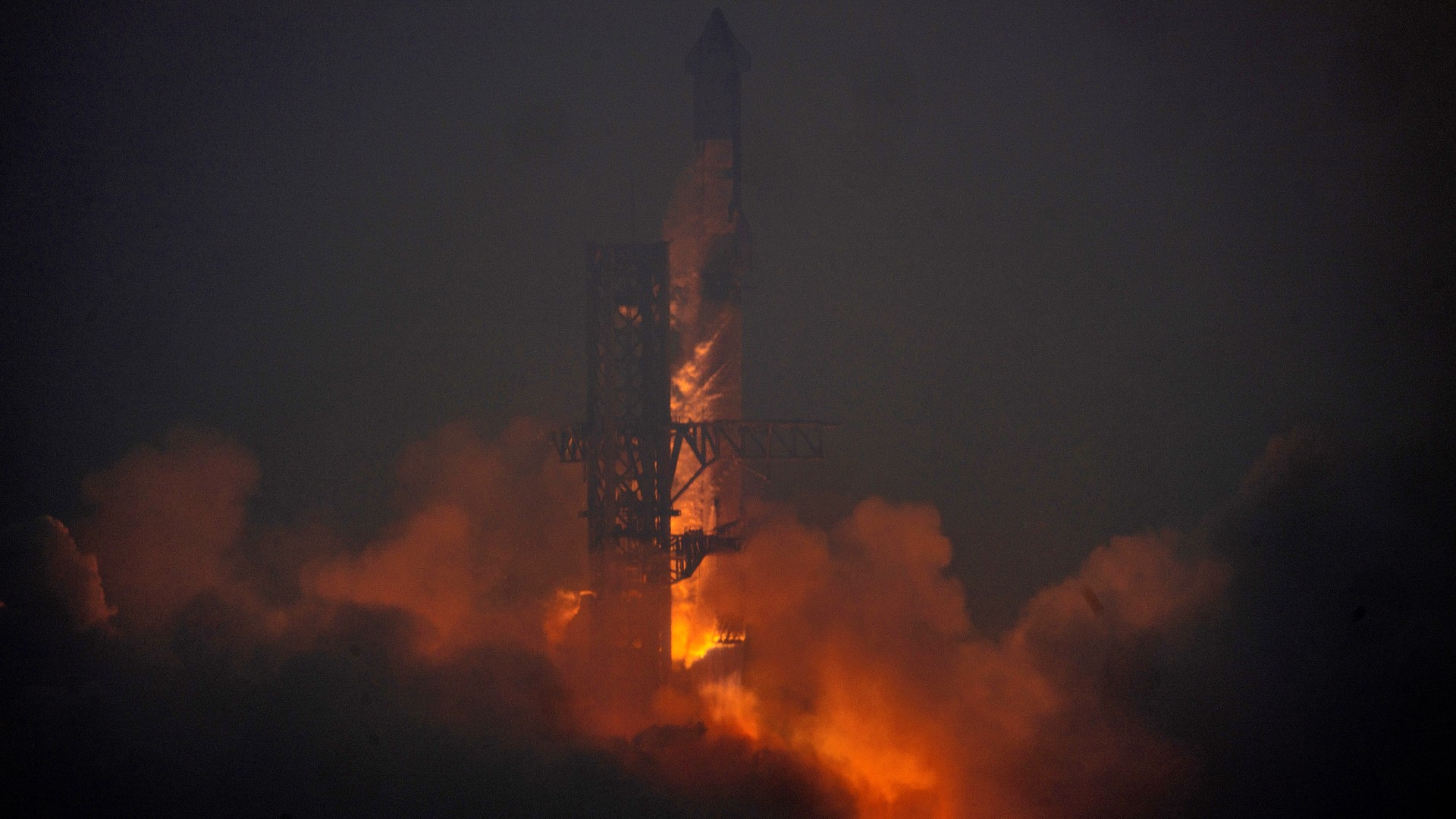
As Starship lifted off, it broke through the fog covering the shoreline that threatened to obscure the flight throughout the launch window.
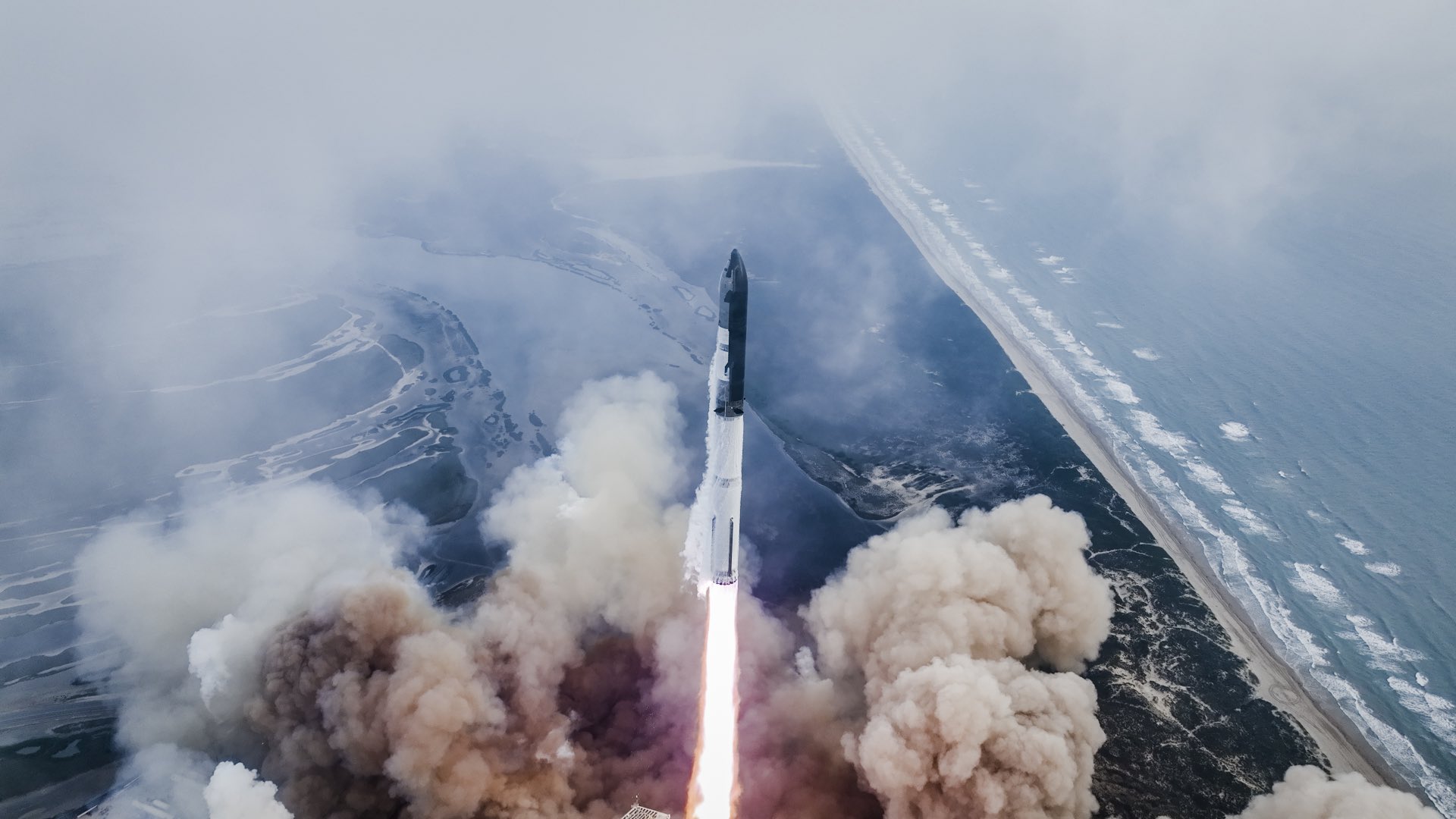
All 33 of Super Heavy's Raptor engines remained lit throughout the first stage of Starship's test flight. "Congratulations to the entire SpaceX team on today's successful Starship flight test!" SpaceX wrote on X in a post-launch post on March 14, 2024.
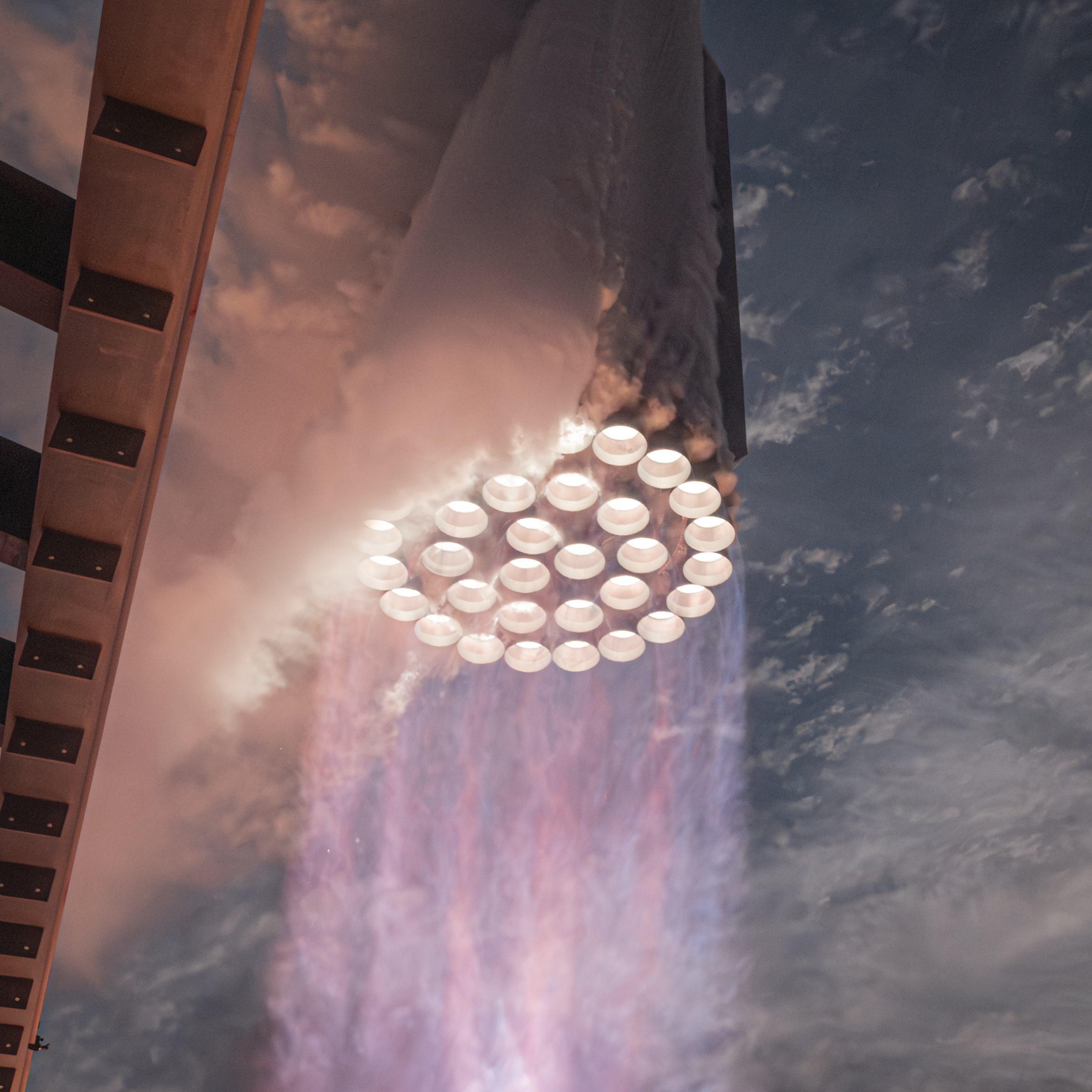
Like the first stage of SpaceX's trusty Falcon 9 rocket, Starship is designed to be reusable, and SpaceX plans to land and relaunch its Super Heavy boosters. Once the technology is ready, the company will catch returning Super Heavy boosters using two "chopstick" arms on Starship's launch tower. For today's launch, SpaceX did not attempt such a recovery; IFT-3's Super Heavy was always expected to splash down in the Gulf of Mexico.
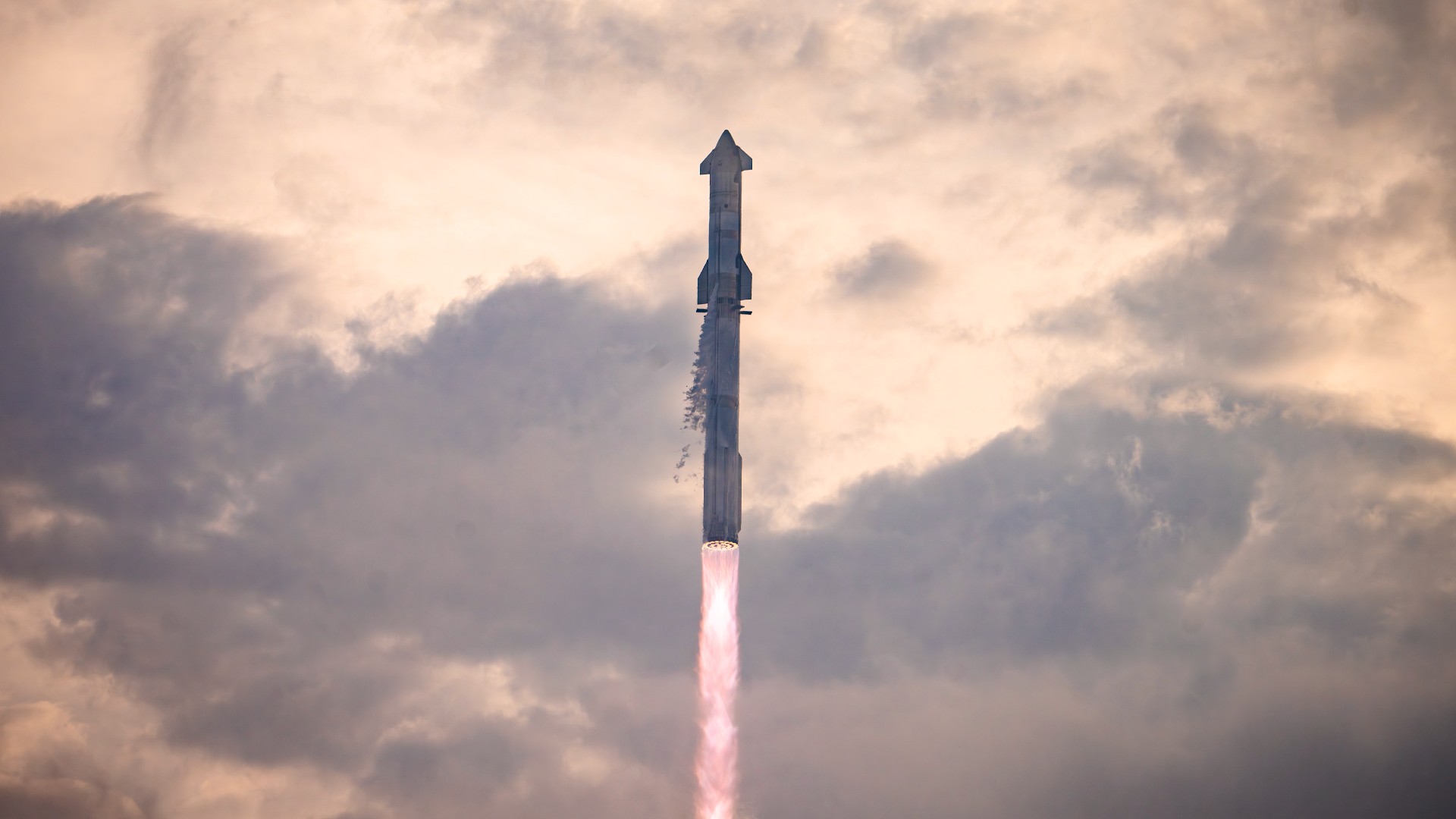
SpaceX plans to significantly ramp up the pace of Starship launches going forward. SpaceX CEO Elon Musk says the company could launch as many as six Starship missions in 2024.
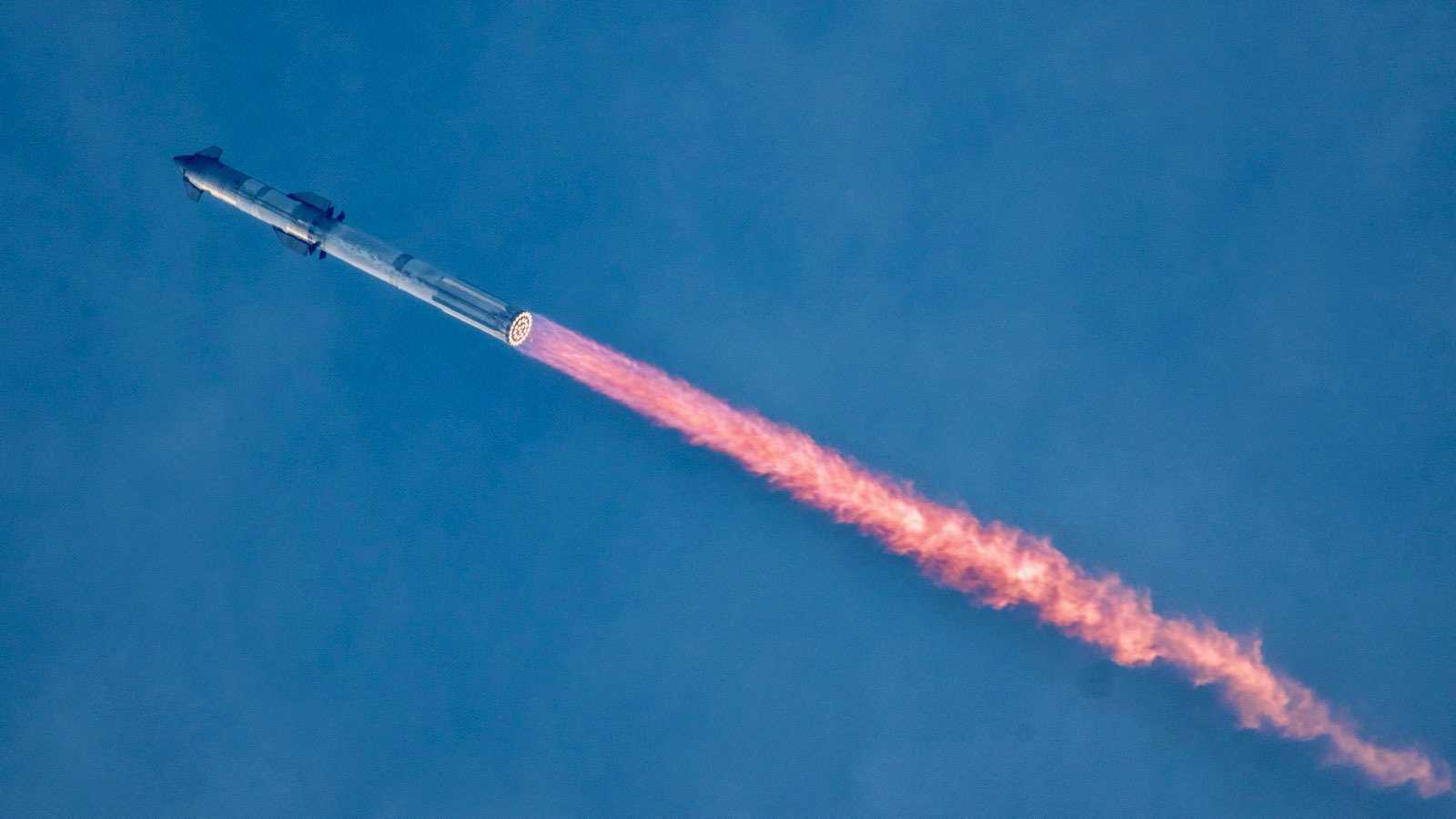
NASA has tapped Starship to land its astronauts on the moon during its Artemis 3 mission, currently scheduled for 2026.
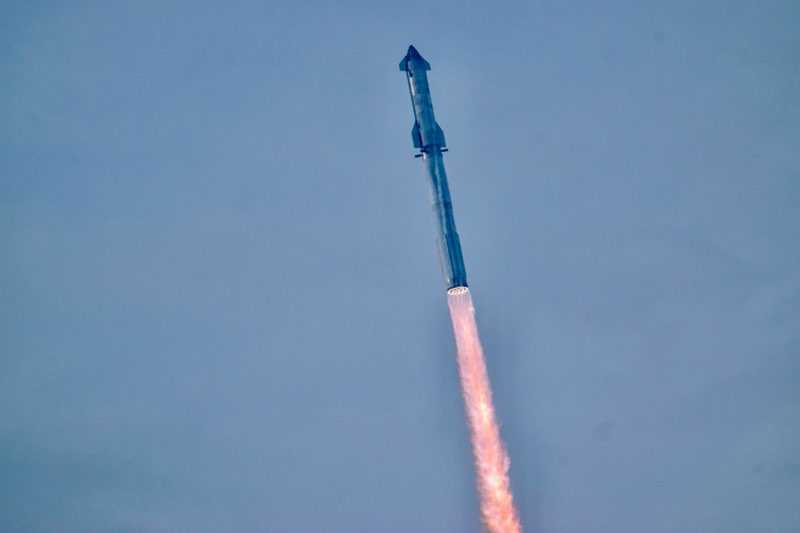
The flight even thrilled NASA leadership. "Congrats to @SpaceX on a successful test flight! Starship has soared into the heavens. Together, we are making great strides through Artemis to return humanity to the moon — then look onward to Mars," NASA chief Bill Nelson said via X today.
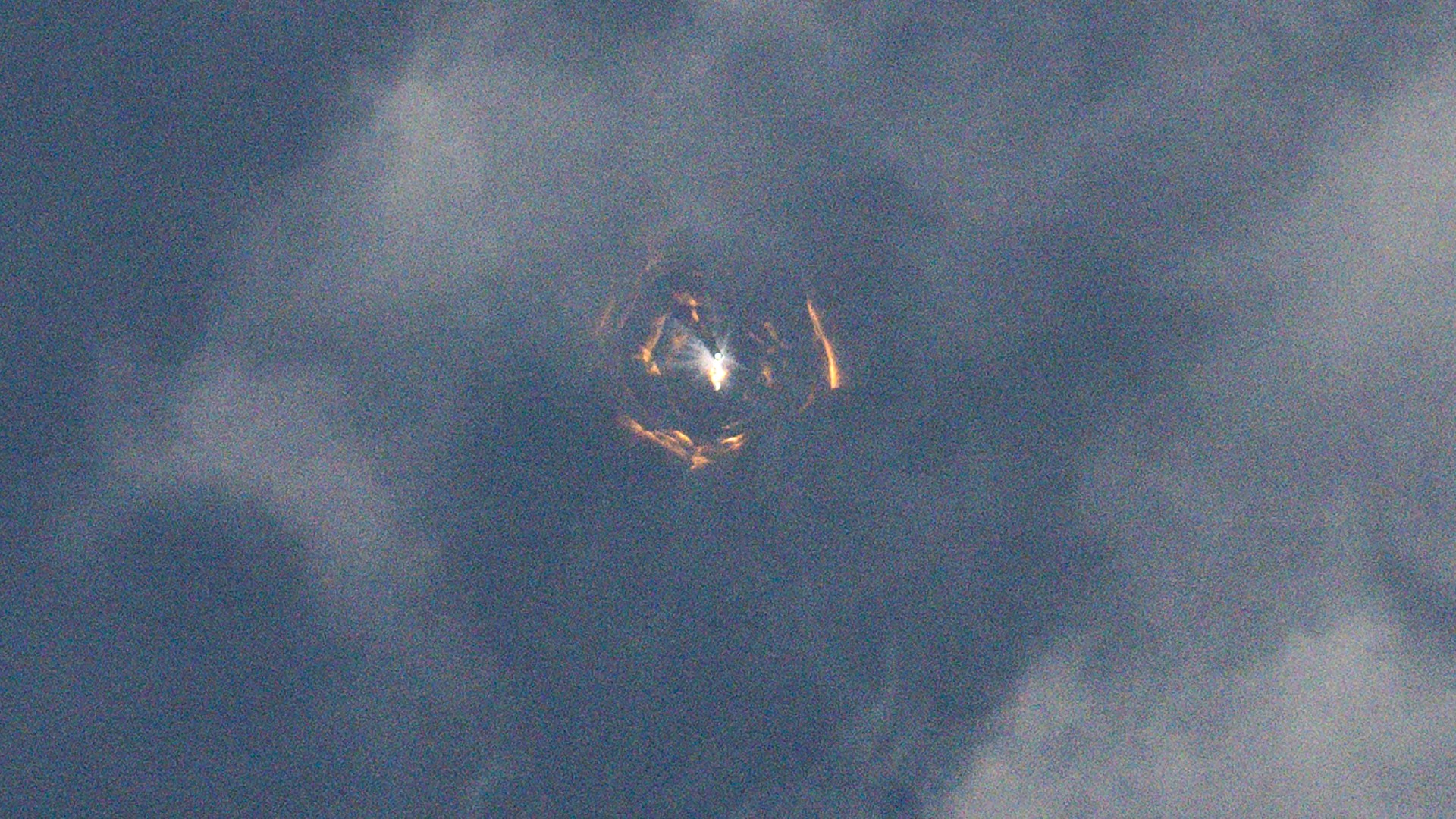
The turnaround for Starship's next test flight could be much shorter than the wait between number two and today's flight, given how many milestones SpaceX was able to achieve. There was a seven-month span between the first test flight and the second, and just four months between the second and today's third flight.
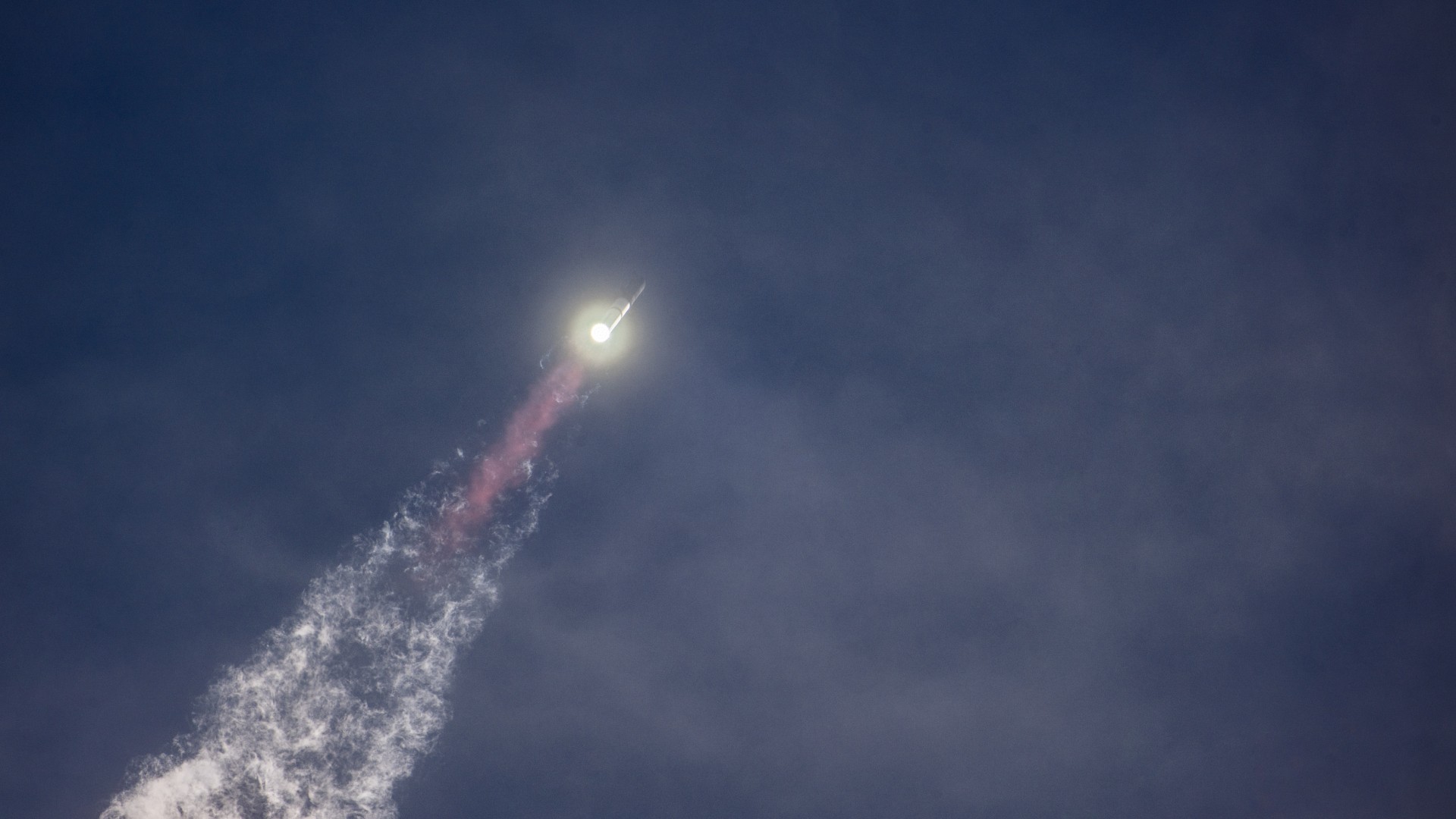
Musk has said that Starship will enable humanity to establish settlements on Mars, with launches of 1,000 Starships every two years to ferry cargo and personnel from Earth to the Red Planet.

Neither Starship nor the vehicle's Super Heavy booster survived today's test. Super Heavy's engines did not relight after the vehicle reentered Earth's atmosphere, leading to the loss of the booster.
Starship, meanwhile, reached orbital velocity and entered a suborbital coast phase above Earth, during which time it successfully opened its payload bay and conducted a test of its cryogenic propellant transfer system that will be vital for getting astronauts to the moon and beyond.
The vehicle was expected to splash down in the Indian Ocean some 65 minutes after liftoff, but contact was lost during reentry.
Nevertheless, SpaceX leadership hailed the test as a success. "HUGE congratulations to the entire team for this incredible day," SpaceX President and COO Gwynne Shotwell wrote on X.







